incl. VAT plus shipping costs
Immediate delivery, express possible ![]()
More than 20 Articles in stock
Delivery only innh. Germany and Austria possible.
Switch to the German store
- Item no: 7159
Fast delivery times
All products are in stock with us!14 years of breeding experience
Let our team of experts advise you!High customer satisfaction
from over 3,000 reviews "| Water values: | soft to medium hard |
| Aquarium size: | 100 l (approx. 80cm) |
| Temperature: | 25-30 °C |
| Feature: | interesting brood care |
| with fish?: | Yes, with peaceful fish |
| Fish group: | Cichlids |
| Visual effect: | Forms territories (when spawning) |
| Diet: | carnivore - meat eater |
| Pelvic region: | Below |
| Breeding: | simply |
| Origin: | South America |
| Planting possible?: | Yes |
| with snails/shells?: | Yes |
| Final size: | 4-8 cm |
| Difficulty: | 1 - Simple |
| Behavior: | Normal |
| with large crabs?: | No |
| with dwarf crabs?: | No |
| with shrimps?: | Socialization not possible |
| with crabs?: | No |
The spectacularly colored Orange Cockatoo Dwarf Cichlid Apistogramma cacatuoides "orange" is a cichlid like all other cichlids. The relatively easy to maintain cockatoo dwarf cichlid Apistogramma cacatuoides is an old acquaintance in aquaristics. The small cichlid from South America was bred in different color variants. In the color form "orange" the dorsal fin and the tail fin are colored bright orange-red. The body is gray in base color, with a clearly defined longitudinal black stripe extending from the eye to the base of the caudal fin. The belly is bright yellow, and the pectoral fins are yellow and light blue. The orange Cockatoo Dwarf Cichlid also has fine washed out appearing blue stripes on the head. Cockatoo dwarf cichlids grow up to 7 inches in size. Females remain a bit smaller and are somewhat more inconspicuous. Males also have a longer extended caudal fin with two tines. Inferior males "camouflage" themselves by taking on the appearance of females as long as stronger competition is present.
The Cockatoo Dwarf Cichlid "orange" comes from pools and flowing waters with clear water. It likes a leaf-covered water bottom. In the aquarium the orange Cockatoo Cichlid needs a dark bottom and many hiding places, also caves. Since he likes to stay in the fallen leaves, a few brown autumn leaves in the aquarium are not wrong. The aquarium should provide swimming space, but the edges can be well planted.
Orange Cockatoo Dwarf Cichlids do well in soft to harder water - Apistogramma cacatuoides is considered one of the least South American cichlids that does very well in harder water. A pH up to 8 is fine for them. Ideal would be a water temperature of 24-29 °C in an aquarium with Apistogramma cacatuoides "orange". The water should be clean and as unpolluted as possible. Regular water changes are a must, as is a strong filter.
Socialization with more surface-oriented tetras and other top-swimming aquarium fish or even catfish works well. Shrimp, on the other hand, is definitely seen as food by the Cockatoo Dwarf Cichlid, and small crustaceans are part of its natural diet. We recommend either pair keeping or harem keeping for this beautiful Apistogramma : A male with 4-6 females can be kept in an aquarium with an edge length of 1 meter or more. The females occupy approx. 30x40 cm large breeding territories and need here also in each case their own cave. The male defends all breeding territories of "his" females. Orange Cockatoo Cichlids live about 3 years in the aquarium.
Breeding of the pretty orange cockatoo dwarf cichlid is quite easy. Apistogramma cacatuoides is a hiding bro oder or cave breeder. The female lays a clutch of eggs in a cave, guards and cares for it. The male watches so long that no enemies or competitors approach from the outside. The young cichlids hatch after 2 days. After 5 days they begin to swim freely. The female also leads the young fish when they swim freely and makes sure that they stay in the territory. Young orange cockatoo dwarf cichlids initially eat infusoria and can be switched to artemia euplii, copepods and microworms a short time later.
The orange cockatoo dwarf cichlid likes to eat live or frozen foods, but a special food for carnivorous cichlids such as NatureHolic Cichlidfeed, developed specifically for these fish, is also suitable for their diet. These cichlids do not go to plants at all.
Our feed recommendation: The NatureHolic Cichlidfeed has a grain size of 1.5 mm and is therefore also suitable for larger fish. The NH Cichfeed is a soft granulate for mainly carnivorous fish. It has the same consistency as small crustaceans and insect larvae that the fish eat naturally, and the soft granules protect the fish mouth from micro injuries that can be caused by hard feed granules.
Our plant recommendation: For planting, use NatureHolic InVitros. These are free of snails, planarians and other unwanted co-inhabitants. Also free of algae spores, bacteria and fungi.
Expert Tip: We recommend for fish keeping the NatureHolic 3 Phase Liquid. The care set offers the best all-round protection for your animals. It ensures optimal conditions for successful breeding and keeping.
| Scientific name | Apistogramma cacatuoides "orange" |
| German Name: | Orange Cockatoo Dwarf Cichlid, Cockatoo Dwarf Cichlid "orange" |
| Difficulty level: | for beginners |
| Origin/Distribution: | South America |
| Coloration: | Male gray with longitudinal black stripe down the middle of the body, beginning at the mouth and extending into the caudal fin, yellow belly. Dorsal fin and caudal fin bright orange-red, caudal fin bipinnate. Pectoral fin light blue-yellow, faint light blue stripes on head. Females paler overall, caudal fin more rounded. |
| Age expectancy | approx. 3 years |
| Water parameters: | GH 8 to 12, KH 3 to 8, pH 6 to 8, temperature 24 to 29 °C |
| Tank size: | from 100 cm for a small group of one male and several females |
| Food | Carnivorous, needs animal food: frozen and live food, and special food for carnivorous cichlids |
| Breeding | easy |
| Behavior | territorial |
| Group size | paired or harem: a group size of one male with 4-6 females |
| Further information | Ten typical aquarium fish for beginners and alternatives to them, Tips for acclimating fish to the aquarium, Feeding aquarium fish properly - cheap food and what it can do |
- Item no: 7159
- EAN No.: 7427061494945
Entdecke die Garnelio Welt!
Garnelio gehört zu den größten Onlineshops für wirbellose Aquarientiere weltweit.
Viele Artikel gibt es exklusiv nur bei uns im Shop.

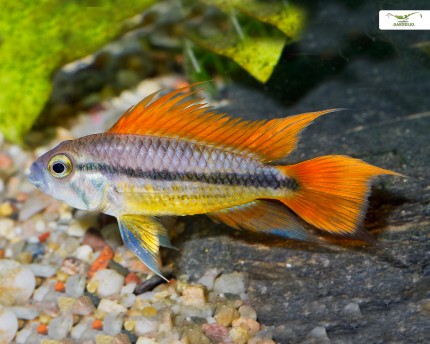

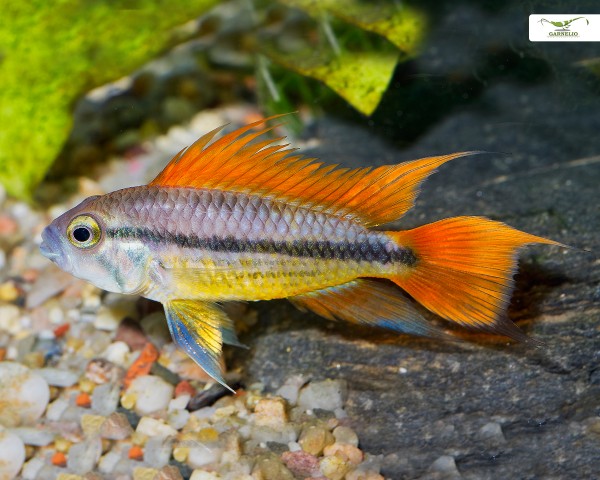

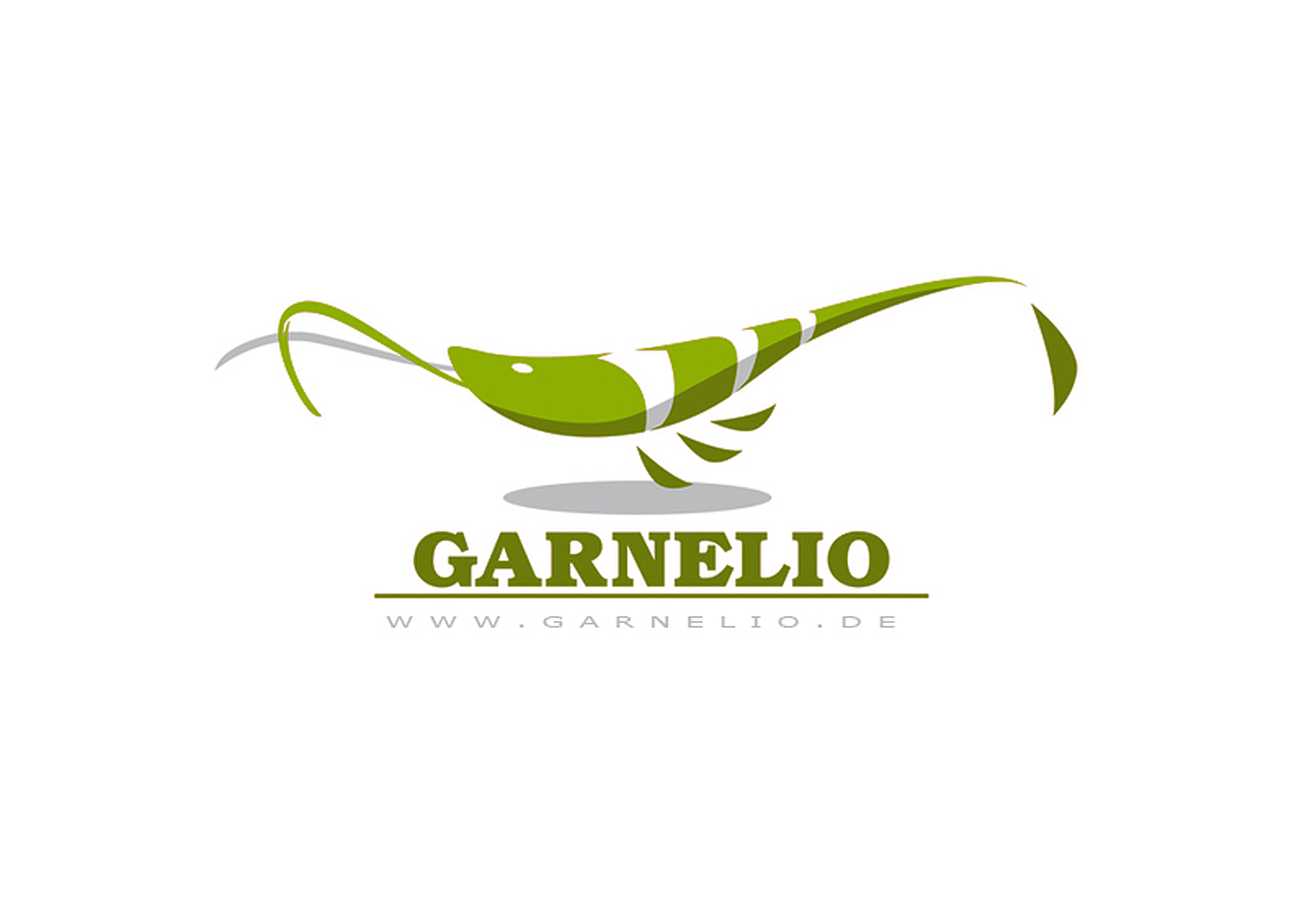
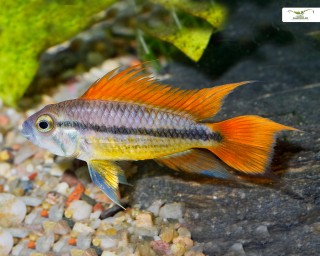
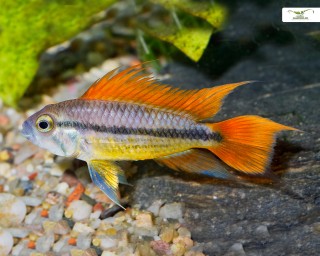
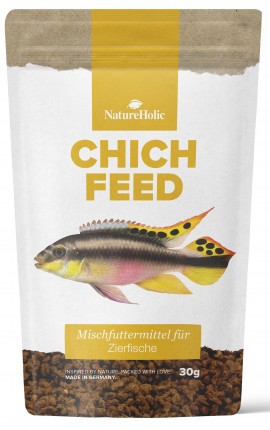
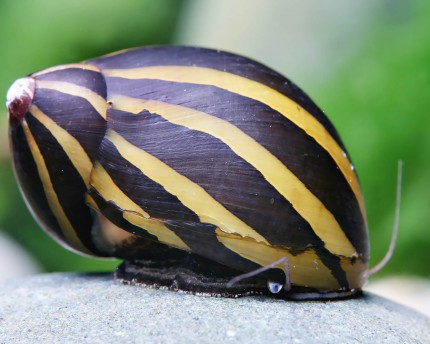

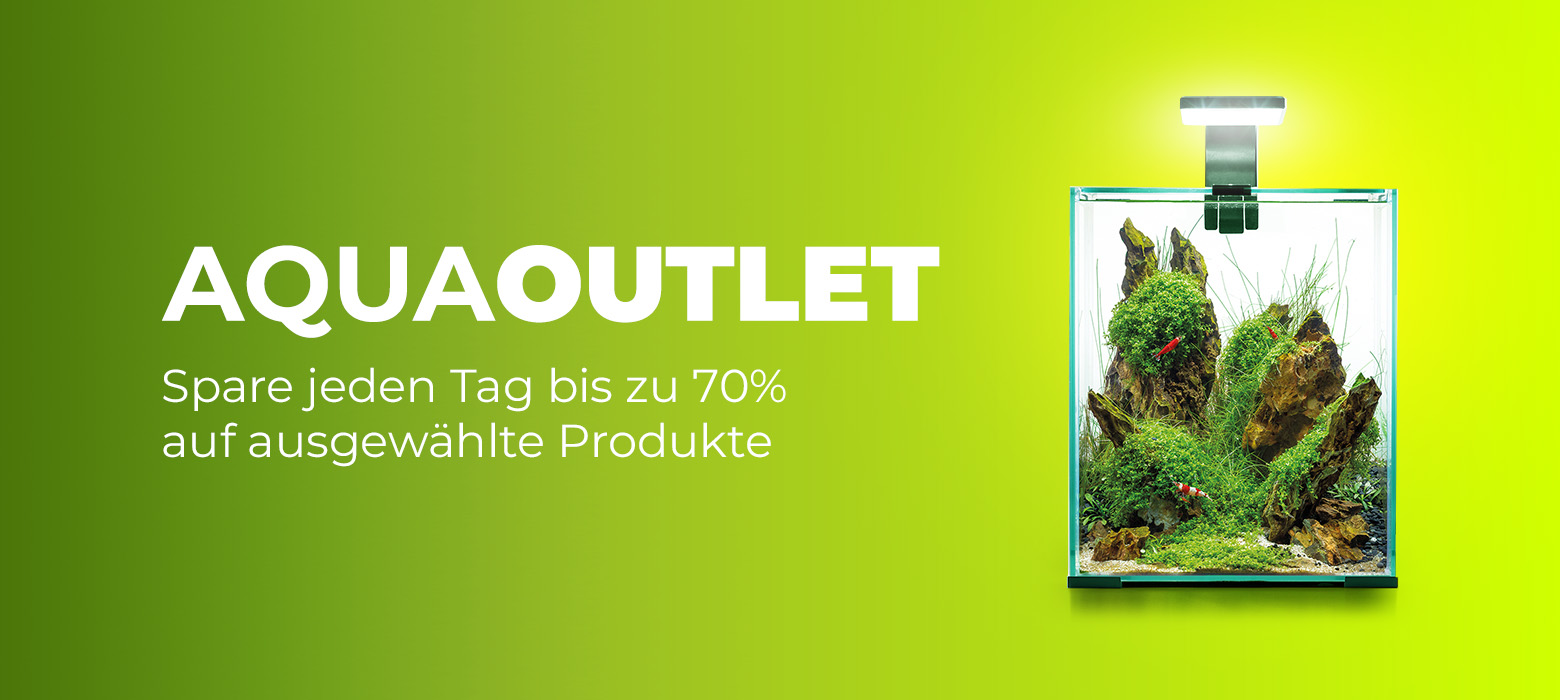
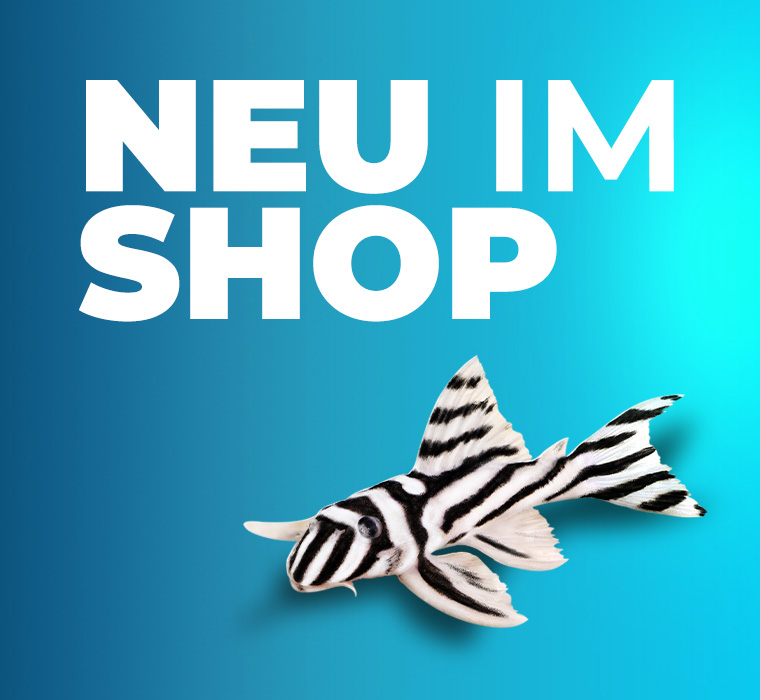
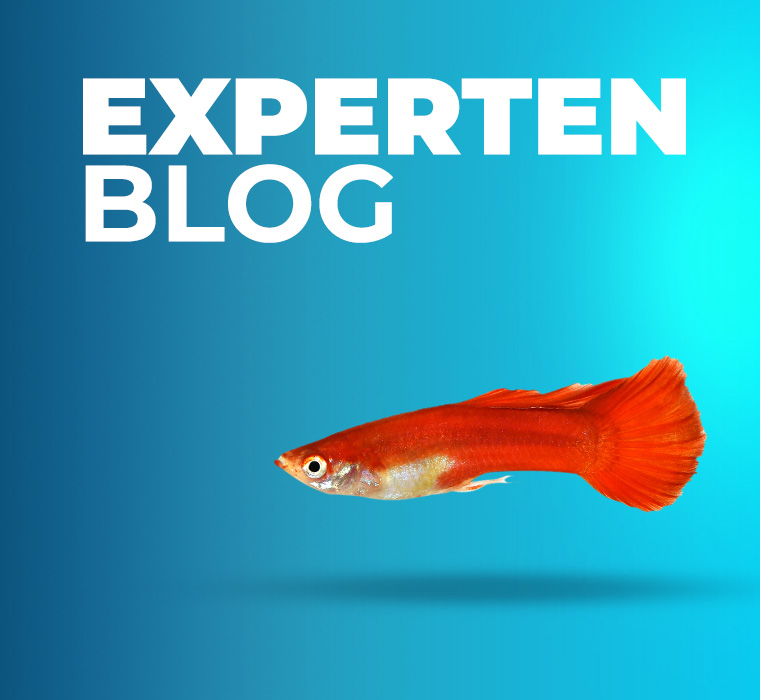
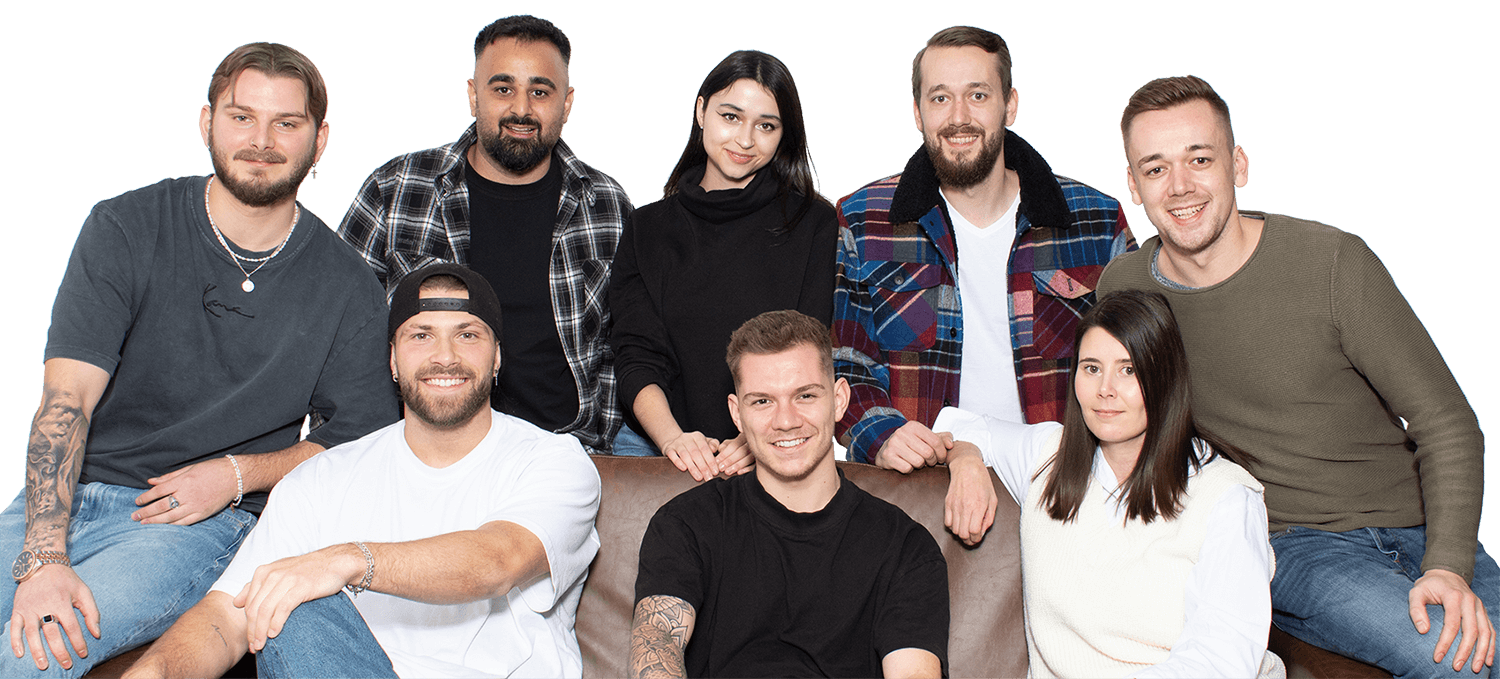
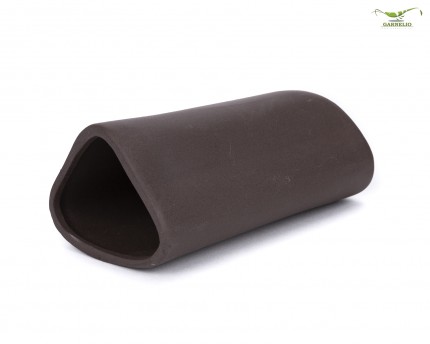
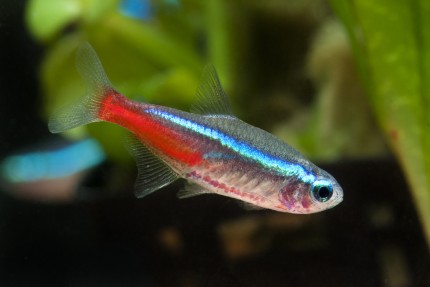
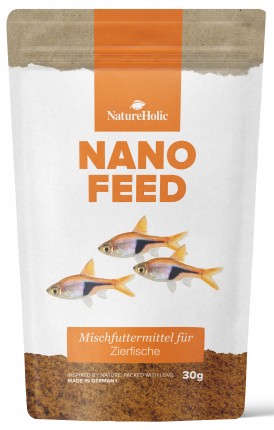
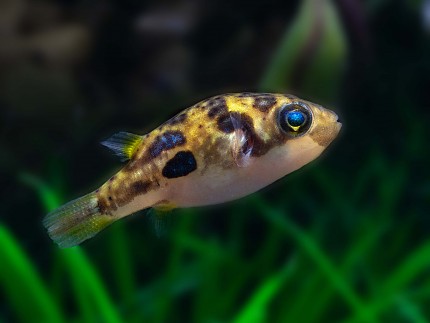
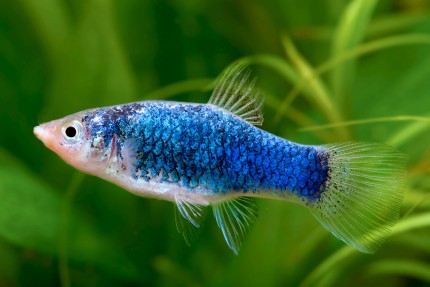
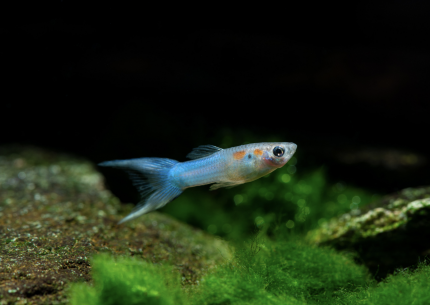
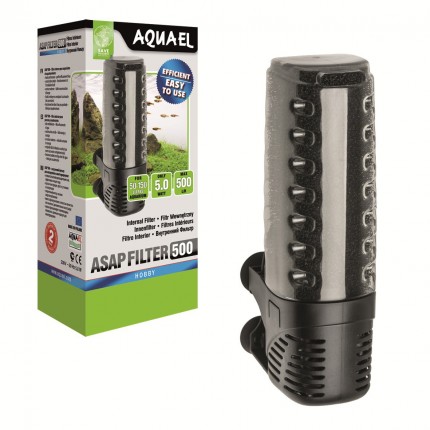
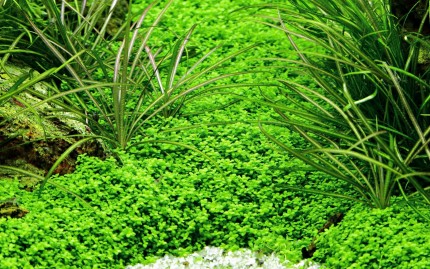
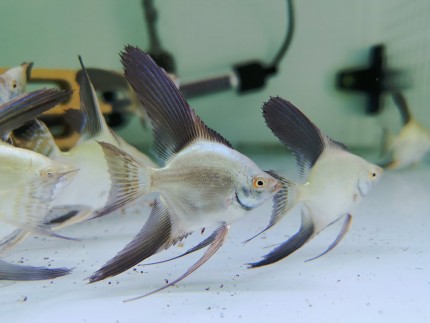
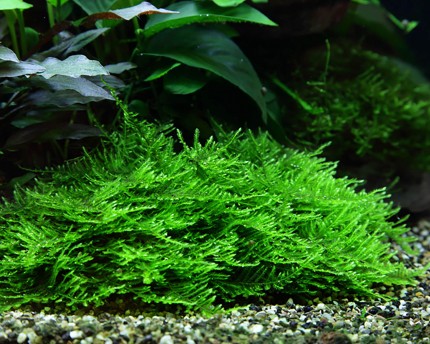
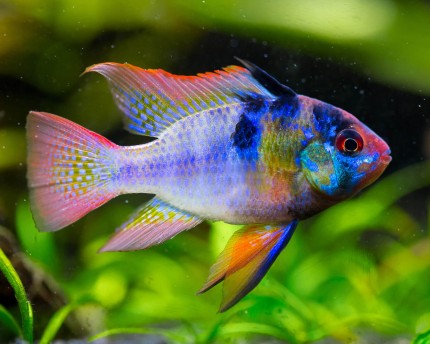
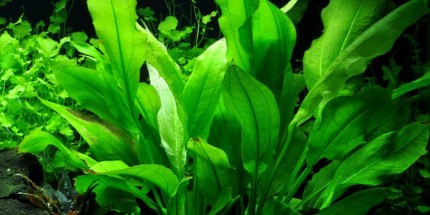
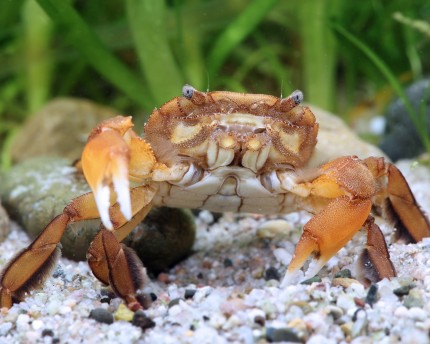
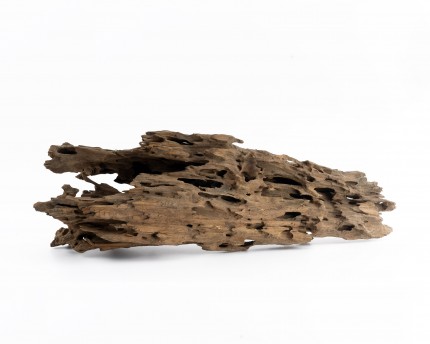
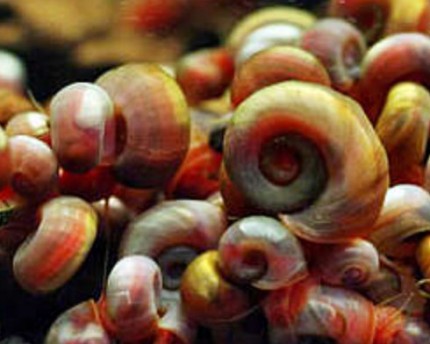
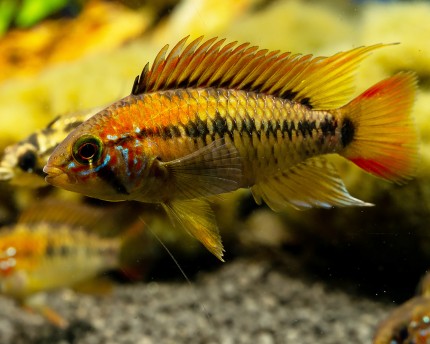
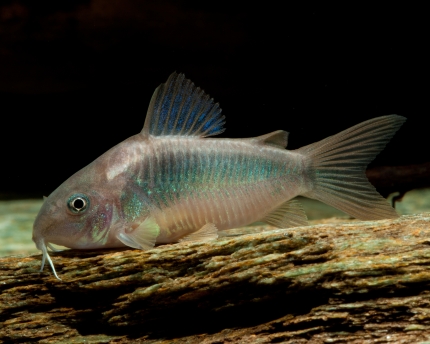
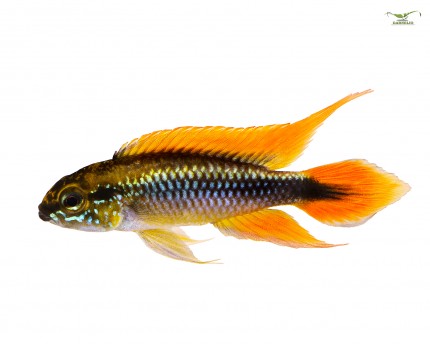
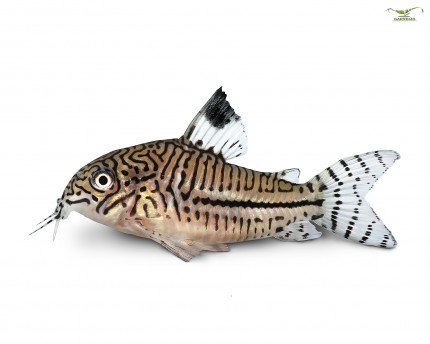
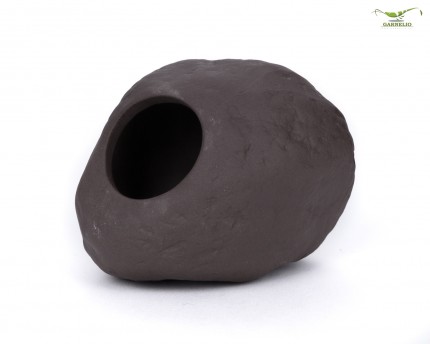
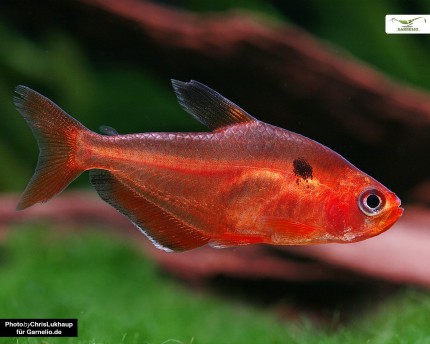
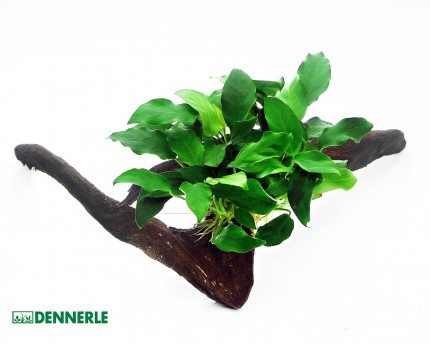
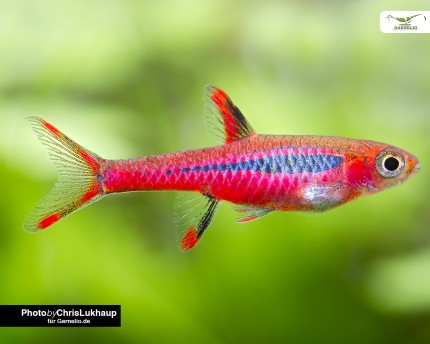
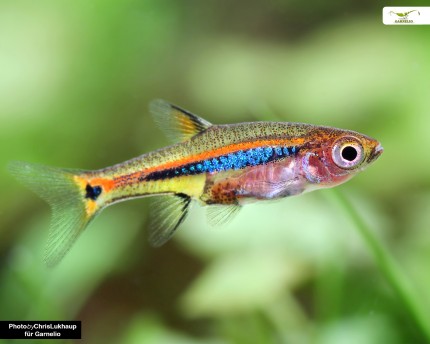
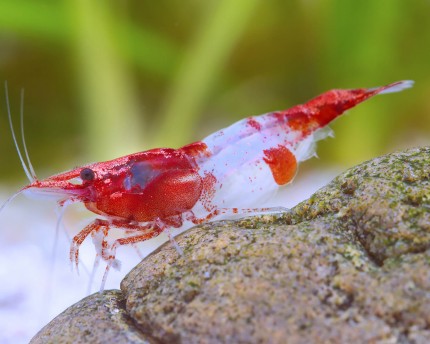
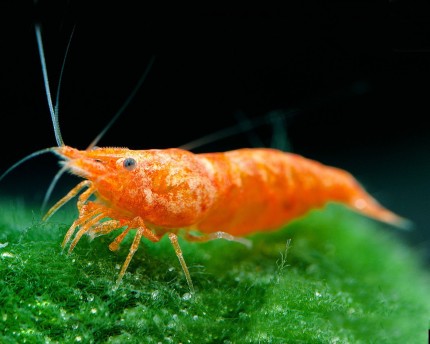
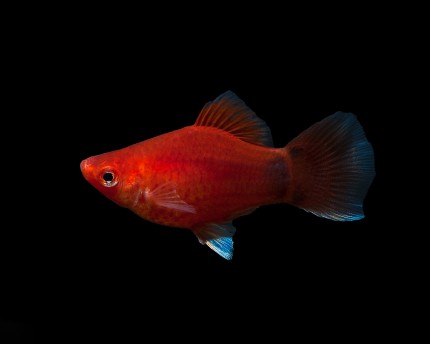
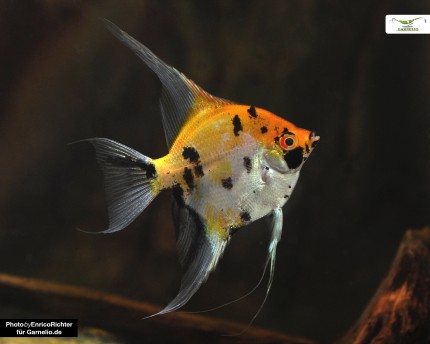
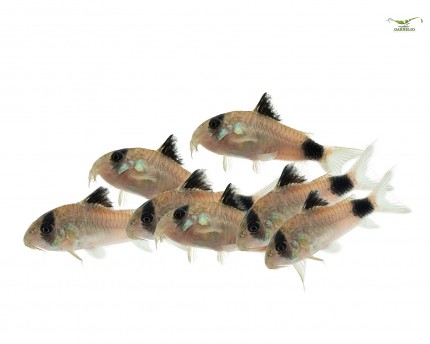
The fields marked with * are required.
I have taken note of the privacy policy.